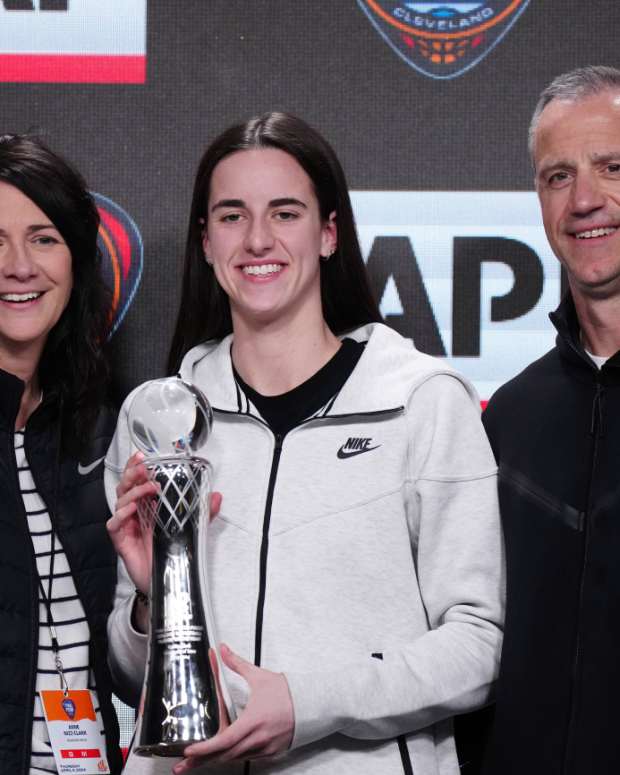Caitlin Clark's journey in the WNBA has been nothing short of a rollercoaster. As one of the most anticipated rookies, her presence in the league was met with both excitement and scrutiny. Her decision to step away from ESPN and potentially explore other opportunities has sent shockwaves through the basketball community. This move not only affects her career trajectory but also raises questions about the support systems for athletes within major sports networks.
Amidst speculations and rumors, understanding the reasons behind Caitlin Clark’s decisions becomes crucial. With insights from various sources, including reactions from prominent figures like Sue Bird and Pat McAfee, we delve into the complexities surrounding her choices. This article explores exclusive details on why Caitlin Clark might have chosen this path and what it means for her future in professional basketball.
Exploring the Dynamics Behind Caitlin Clark's Career Choices
Caitlin Clark's departure from ESPN highlights significant shifts in how athletes navigate their careers in today's media landscape. While some speculate that external pressures influenced her decision, others point towards personal aspirations driving this change. Regardless of the exact motivations, her actions underscore evolving expectations placed upon young talents entering professional sports leagues.
Elle Duncan's commentary sheds light on Clark being overlooked for certain prestigious opportunities such as the Olympic roster. Such exclusions may have contributed to feelings of dissatisfaction or lack of recognition within established platforms like ESPN. Consequently, exploring alternative avenues could represent an effort by Clark to gain greater autonomy over her public image and narrative.
Beyond immediate consequences, this transition reflects broader trends where athletes seek more control over their branding and representation. By stepping back from traditional broadcasting roles associated with large networks, Clark positions herself at the forefront of redefining athlete-media relationships in modern times.
Navigating Challenges: From Rookies to Established Players
As a rookie transitioning into professional play, Caitlin Clark faced numerous challenges typical among new entrants in competitive environments like the WNBA. Issues related to scheduling conflicts became apparent when she expressed concerns regarding the timing of games during interviews featuring legends like Sue Bird. These sentiments highlight real-life struggles faced by players balancing intense competition schedules alongside promotional commitments.
Moreover, these difficulties extend beyond just timing issues; they encompass overall player welfare considerations essential for long-term success. Addressing these matters proactively can help create supportive ecosystems conducive to nurturing emerging talent while maintaining high performance standards expected from elite athletes.
In response to criticisms about leaving the country without adequately showcasing homegrown stars, initiatives aimed at fostering better integration between domestic leagues and international competitions are gaining traction. Ensuring equitable opportunities for all participants regardless of nationality or experience level remains vital moving forward.
A New Chapter: Opportunities Abroad and Within
Rumors suggesting Caitlin Clark ventured into European markets indicate potential interest in expanding horizons outside conventional American frameworks. Titles proclaiming dramatic takeovers abroad serve as reminders of how quickly narratives around high-profile individuals evolve based on partial information. However, clarifying actual developments paints a clearer picture of realistic prospects awaiting Clark should she pursue overseas ventures.
Despite misleading headlines, discussions concerning Clark's future within the WNBA remain open-ended yet promising. Fans eagerly anticipate updates regarding whether she will return stronger than ever following any temporary absences or embark on entirely fresh adventures abroad. Each possibility carries unique implications shaping not only her individual growth trajectory but also influencing perceptions of women's basketball globally.
Ultimately, Caitlin Clark's story serves as a testament to resilience amidst uncertainty and adaptability under pressure. Whether continuing domestically or venturing internationally, her next steps promise intriguing developments worthy of attention across diverse audiences invested in witnessing groundbreaking achievements unfold in women's sports history.

